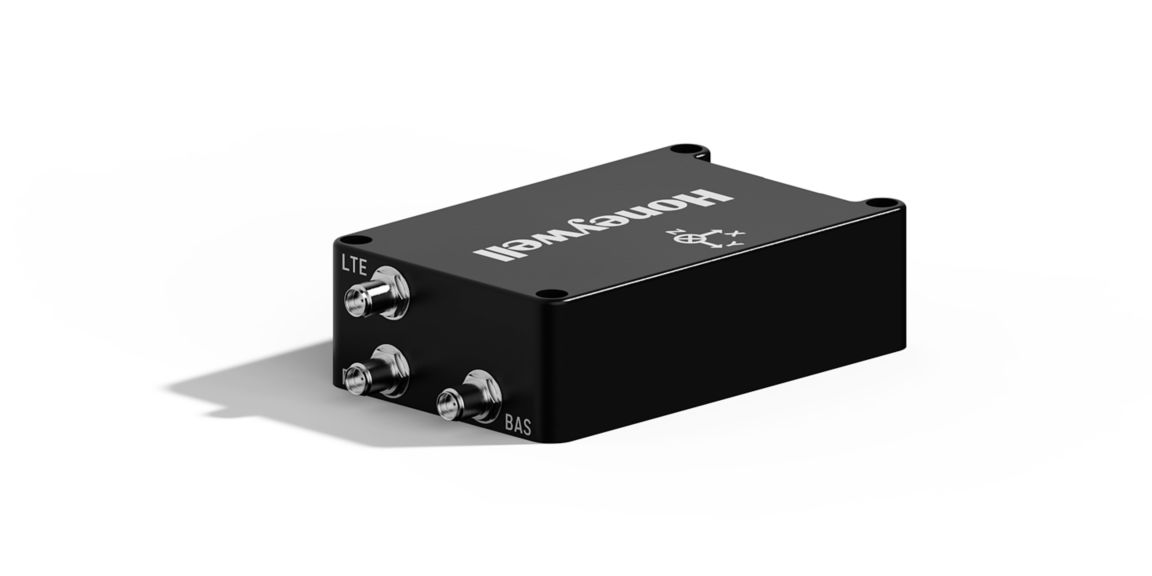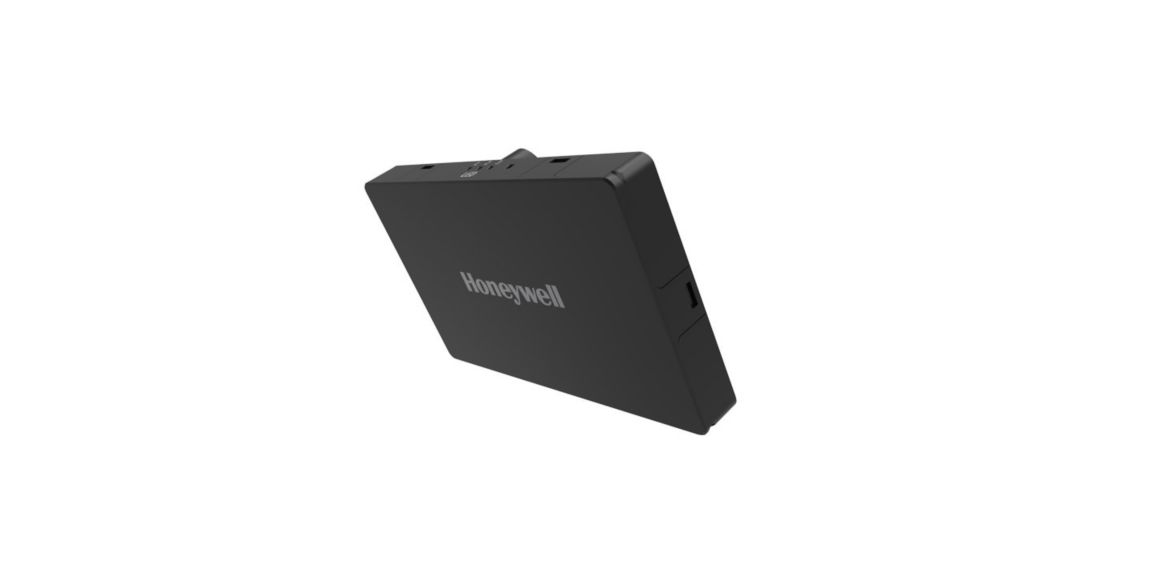Honeywell Compact Inertial Navigation System
HCINS is part of Honeywell’s Resilient UAV Navigation Suite, which also includes the Honeywell Radar Velocity System (HRVS) and the GPSdome Anti-Jamming System. When paired with HRVS, HCINS enables UAVs to operate in fully GPS-denied environments with a position error of less than 3% of distance traveled.
Specifications
Physical
Width
- 60mm
Weight
- +22 grams (damping platform)
- 115 grams (excluding damping platform)
Volume
- 100mm x 67mm x 13mm (damping platform) cubic centimetre
- 162cm³ / 96mm x 60mm x 28mm (excluding damping platform) cubic centimetre
Size
- 96mm x 60mm x 28mm (excluding damping platform) millimetre
Length
- 96mm
Heading
- 0.15° (HCINS RTK)
- 0.28° (HCINS)
- 2.5° (Pixhawk 2.1)
Dimensions
- 100mm x 67mm x 13mm (damping platform)
- 162cm³ / 96mm x 60mm x 28mm (excluding damping platform)
Depth
- 28 mm
Power and Electrical
Vibration
- BFD Basic profile
Supply Voltage
- +4.5 – 5.5VDC (2A) voltage alternating current
Power Consumption
- 3W nominal Watt
- 5W with LTE connectivity Watt
Power
- PWR connector: connection with power source. Watt
Performance
Velocity errors X/Y/Z axes 9m/s
- 0.04 m/s
Velocity Error
- 0.02 m/s (HCINS RTK)
- 0.04 m/s (HCINS)
- 0.11 m/s (Pixhawk 2.1)
Typical Performance
- Attitude [deg] 0.04
- Heading [deg] 0.28
- Position Error [m] 2.5
- Velocity Error [m/s] 0.04
Typical Heading Error with HCINS
- 0.28 deg
Signal Reacquisition
- 2 sec
Shock
- DO-160G; section 8, Category S, Curve C
Position Error
- 0.03/0.015 m (HCINS RTK)
- 2.5 m (HCINS)
- 2.5 m (Pixhawk 2.1)
LTE Connectivity
- Global Multi-Band LTE-FDD/LTE-TDD/HSPA+
LED
- LED connector: connection of external status LEDs (Open Collector).
Key Performance Variables
- Altitude
- Position
- Velocity
Horizontal Position Drift, GNSS outage with no aiding
- 0.35 m (after 10 s) (HCINS RTK)
- 0.9 m (after 10 s) (HCINS)
- 13.0 m (after 60 s) (HCINS RTK)
- 2.6 m (after 30 s) (HCINS RTK)
- 22.0 m (after 60 s) (HCINS)
- 250 m (after 30 s) (Pixhawk 2.1)
- 5.0 m (after 30 s) (HCINS)
- 8.0 m (after 10 s) (Pixhawk 2.1)
- 900 m (after 60 s) (Pixhawk 2.1)
GNSS Capability
- RTK, GNSS Heading (with dual antenna)
GNSS
- Dedicated BAS (Base) and ROV (Rover) SMA connector for antenna
Features
- Heading: 0.28 (deg)
- MEMS based navigator
- Position Error: 2.5 m (standalone)
Connectivity and Systems
Software
- Internal Software
Serial Communication
- EAP connector: connection with External Aiding System (3V3CMOS).
- PX connector: connection with Pixhawk 2.1 Cube (3V3CMOS).
Output
- Altitude
- Position
- Velocity
Internal Data Storage
- Removable micro SD card up to 32GB
GNSS Constellations
- BeiDou B1I B2I
- GLONASS L1OF, L2OF
- GPS L1C/A, L2C
- Galileo E1B/C E5b
- QZSS L1C/A L1S L2C
- SBAS L1C/A
External LED Status Support
- Data Logging
- Navigation (Init, Nav, Nav GNSS RTK)
Ethernet Communication
- Configurable staic IP address.
- ETH connector: connection with computer (RJ-45).
Data Storage
- Micro SD card tray (up to 32GB).
Components
- GNSS Antenna
- GNSS Receiver
- IMU
- Processing Boards
Communication Ports
- Ethernet Communication
- Serial Communication
Cellular LTE
- 1. Built-in LTE antenna (default).
- 2. External LTE antenna.
- Cellular connectivity with 2 options available:
- LTE-FDD B1/B2/B3/B4/B5/B7/B8/B12/B13/B18/B19/B20/B25/B26/B66.
- LTE-TDD B34/B38/B39/B40/B41.
- Micro SIM card tray.
- UMTS/HSDPA/HSPA+ B1/B2/B4/B5/B6/B8/B19.
Maintenance
Setup
- Dual Atenna Setup
Mechanical
Operating Temperature
- -40 to + 85°C
Non-operating Temperature Range
- -40 to + 85°C
Chassis Included
- Yes, Plastic Chasis
Attitude
- 0.025° (HCINS RTK)
- 0.04° (HCINS)
- 0.2° (Pixhawk 2.1)
Filter
Industry
- Defense
- Energy, Oil and Gas
- Ground Transportation and Logistics







